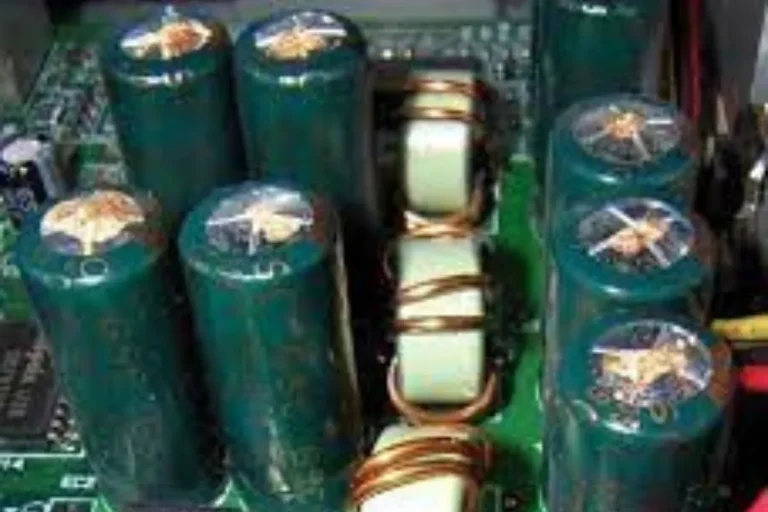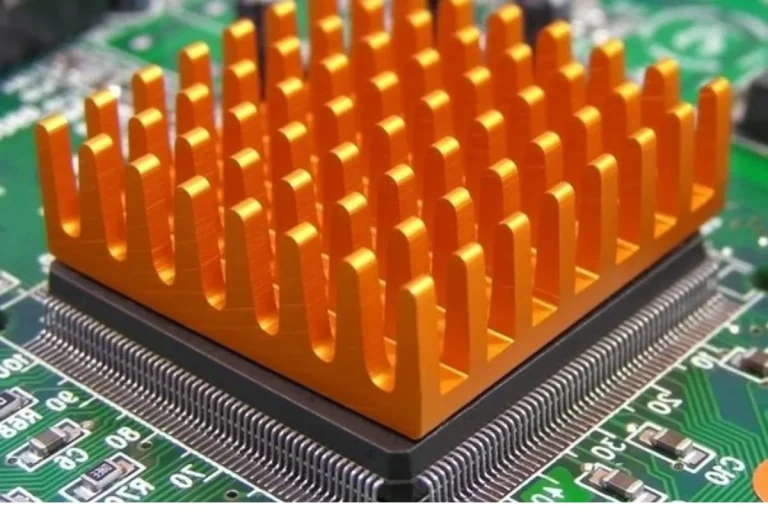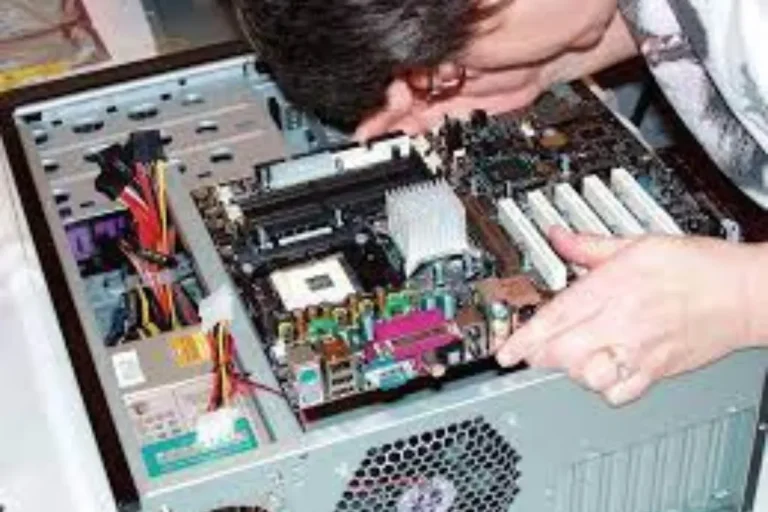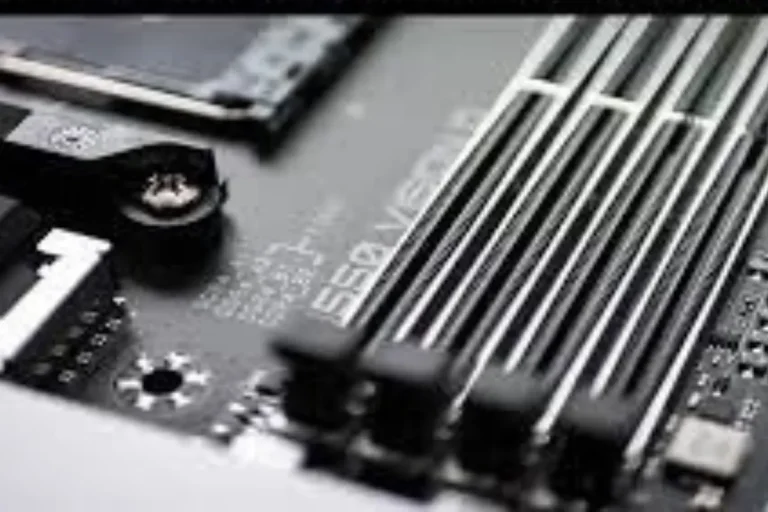How was a computer motherboard thought of and invented?
Have you ever wondered how the computer motherboard, the central hub of your device, came into existence? Well, get ready to dive into the intriguing journey of how this crucial component was thought of and invented. From the early days of computing to the modern marvels we enjoy today.
The Birth of the Computer Motherboard
In the early days of computing, a group of brilliant minds paved the way for the invention of the computer motherboard. These early computer pioneers played a vital role in shaping the landscape of modern technology.
They envisioned a central component that could connect all the necessary parts of a computer system, and thus, the concept of the motherboard was born. The first motherboard concept emerged as a solution to the growing complexity of computer systems.
It was designed to provide a platform for integrating various components, such as the processor, memory, and expansion cards, into a cohesive unit. This breakthrough allowed for better organization and communication between these components, leading to improved performance and functionality.
However, the journey towards developing the first motherboard was not without its challenges and limitations. During the initial stages, engineers faced numerous obstacles, ranging from technical constraints to limited resources. They had to find ways to overcome these hurdles and push the boundaries of what was possible at the time.
One of the main challenges was the need for standardization. With different manufacturers producing components that were not always compatible with each other, the early motherboard designers had to establish common specifications and form factors.
This standardization ensured that components from various manufacturers could seamlessly work together, promoting interoperability and ease of use. Additionally, the limited availability of resources and technology posed constraints on the development of motherboards.
Evolution of Motherboard Design
Over the years, the design of computer motherboards has undergone a remarkable evolution, transforming the way we interact with technology. The introduction of standardized form factors revolutionized the motherboard landscape.
These form factors, such as ATX (Advanced Technology eXtended) and microATX, established guidelines for the physical dimensions, layout, and mounting hole placements. Standardization ensured compatibility between motherboards and computer cases, allowing for easier upgrades and customization.
Expansion slots and connectors played a crucial role in expanding the capabilities of motherboards. These slots provided the means to connect additional components, such as graphics cards, sound cards, and networking cards, enhancing the functionality and performance of the computer system.
The development of standardized interfaces, like PCI (Peripheral Component Interconnect) and PCIe (Peripheral Component Interconnect Express), further simplified the process of adding and upgrading expansion cards.
Advancements in component integration and miniaturization have been instrumental in shaping the modern motherboard design.
Key Components of a Motherboard
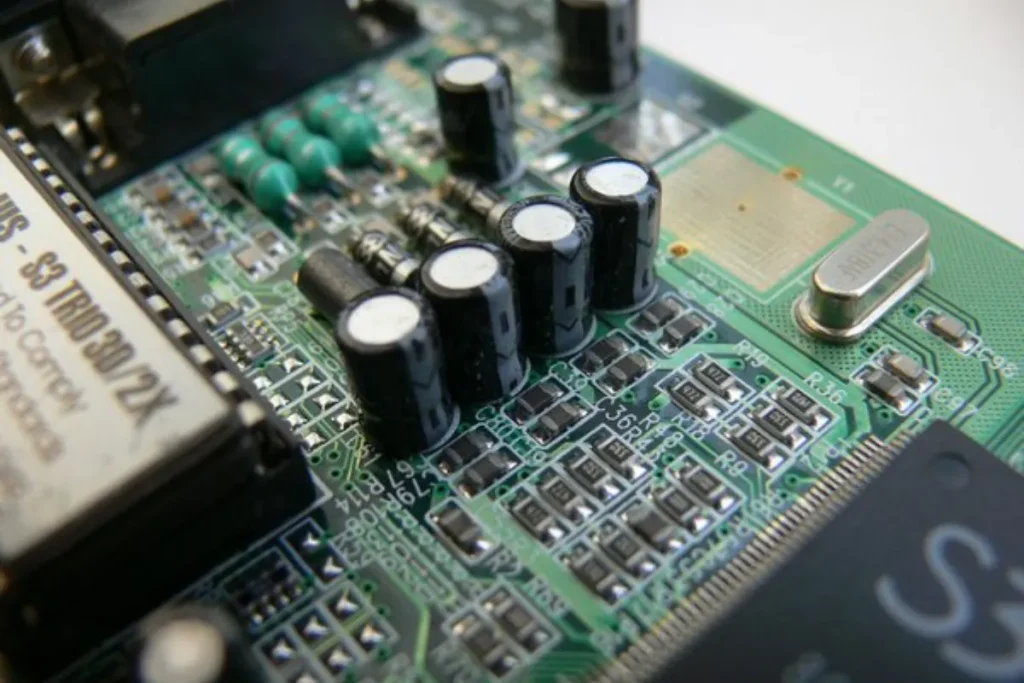
The motherboard is like the central nervous system of a computer, connecting and coordinating all the essential components. The processor socket is where the central processing unit (CPU) is installed on the motherboard. Different CPUs require specific socket types, such as Intel’s LGA (Land Grid Array) or AMD’s AM4, to ensure compatibility.
The socket design determines the physical and electrical connection between the CPU and the motherboard, allowing for efficient communication and optimal performance. Memory slots are another critical component of a motherboard.
These slots accommodate the random access memory (RAM) modules that provide temporary storage for data that the CPU needs to access quickly. The number and type of memory slots vary depending on the motherboard model.
It’s crucial to ensure compatibility between the motherboard and the RAM modules, considering factors such as speed, capacity, and DDR (Double Data Rate) generation. Expansion slots on the motherboard allow for the installation of additional components, such as graphics cards, sound cards, and networking cards.
These slots, typically PCIe (Peripheral Component Interconnect Express) or PCI (Peripheral Component Interconnect), provide the necessary bandwidth for high-speed data transfer. The availability and configuration of expansion slots depend on the motherboard’s form factor and design.
Manufacturing Process
The manufacturing process begins with the fabrication of the PCB (Printed Circuit Board). The PCB serves as the foundation for all the electrical connections on the motherboard. It is created by laminating layers of non-conductive material, such as fiberglass, with a thin copper foil, which will form the conductive traces.
The fabrication process involves etching away the unwanted copper and drilling holes for component placement. Once the PCB is ready, the next step is soldering and component placement. Tiny electronic components, such as resistors, capacitors, and integrated circuits, are carefully soldered onto the PCB.
This process requires precision and attention to detail, as each component must be accurately placed and securely attached to ensure proper functionality. After the components are soldered, the motherboard undergoes quality control and testing procedures.
Quality control involves inspecting the motherboard for any defects or physical abnormalities. Testing procedures include functional testing, where the motherboard is powered on and checked for proper operation, as well as performance testing, which evaluates the motherboard’s speed, stability, and compatibility with various components.
The manufacturing process of motherboards is a complex and meticulous undertaking. From PCB fabrication to component placement and quality control, each step is crucial in ensuring the production of reliable and high-performing motherboards.
Frequently asked questions
1. How do advancements in motherboards influence computer performance?
Advancements in motherboards have a direct impact on computer performance. They determine the compatibility of components such as the CPU, RAM, and expansion cards, enabling faster data transfer rates and improved overall system responsiveness.
2. What role does the motherboard play in the development of modern computing technologies?
The motherboard is a critical component in the development of modern computing technologies. It acts as the central hub, connecting and facilitating communication between various hardware components.
3. What future trends and innovations can we expect in motherboard design?
Future trends and innovations in motherboard design include features like improved power efficiency, support for faster data transfer protocols, increased memory capacity and speed, and smaller form factors for compact systems.
4. How do motherboard advancements impact gaming and multimedia performance?
Motherboard advancements have a significant impact on gaming and multimedia performance. Gaming-centric motherboards often offer features like multiple PCIe slots for graphics cards, high-speed memory support, and enhanced audio capabilities.
5. Why is motherboard compatibility with future technologies important?
Motherboard compatibility with future technologies is crucial for ensuring long-term usability and upgradability.
Conclusion
In conclusion, the invention of the computer motherboard is a fascinating tale of innovation and problem-solving. From the early days of computing to the present, brilliant minds have worked tirelessly to develop this vital component.
The motherboard has evolved into a sophisticated and essential part of our modern technology, connecting and coordinating the various components that make our computers come to life.
